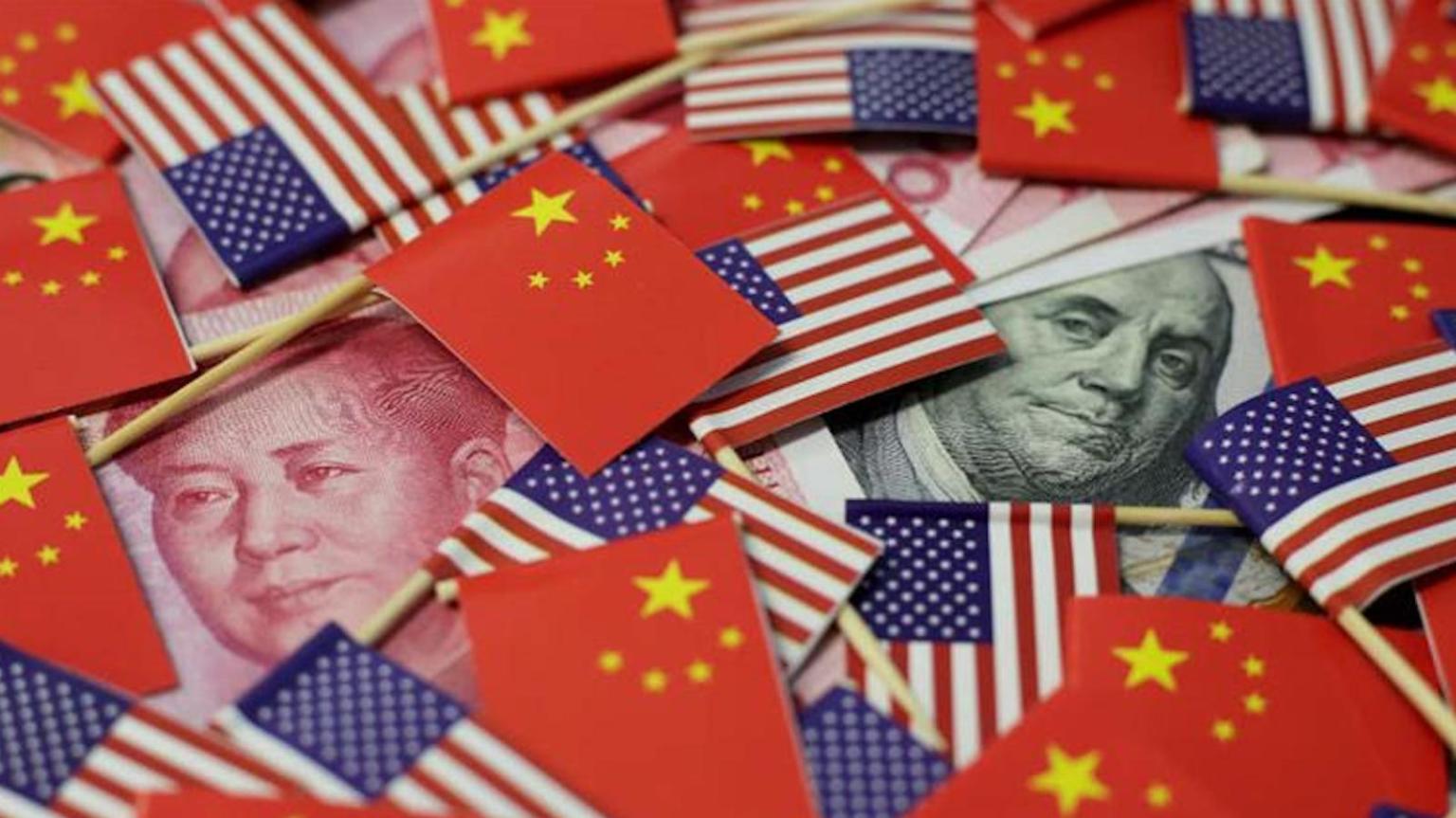Investors along with business leaders are now eager to understand and anticipate how the global economy will emerge from the deep freeze caused by the Covid-19 pandemic.
There is no end of consultant, broker and newsfeed commentary speculating how the global lockdown has impacted consumption behaviour, capital deployment and supply side dynamics. Such speculation is further clouded by the escalation of political tension as governments look for easy answers to apportion blame in the global context of evaporating international trust and cooperation.
The economic freeze has also caused business leaders to confront structural trends and realities that have been building for several years, but were conveniently sidestepped in the aftermath of the global financial crisis of 2008. The failure of the pandemic is now a catalyst for structural economic change.
A consensus is forming around specific themes. Technology is being recognised as transformative. Whether this is as a substitute for face-to-face sales, changing work practices or a reassessment of how economies make use of physical assets, the message is loud and clear – things ain’t what they used to be. For investors the leadership shown by the tech sector through the astonishing rally in late March represents a significant reinforcement of what has been building for sometime and some are declaring this to be the death of value investing outright.
It is unknown how economies will eventually emerge from their mothballed state and how these experiences of lockdown will impact consumption, particularly as the constant threat of a new outbreak threatens. Positioning correctly as a portfolio manager will be the critical source of alpha in the coming 12 months.
Rollback of globalisation
Another significant theme is that of how the crisis will impact supply chains with wide expectation that businesses will seek to bring certain critical manufacturing centres closer to home, or at least under greater control. Increasing trade tension between the US and China is expected to impact supply chains and reduce dependencies. Viewed as a potential rollback of globalisation, something that has stagnated since 2010, the ramifications could be profound. Aside from the potential to disrupt supply-side capacity and impact traded goods prices globally, there will be winners and losers.
For the past decade China has been at the centre of the debate to rebalance the global economy. At times this has morphed into a call for it to revalue its currency and echoes the debate that focused on the Japanese yen in the 1970s to address the trade imbalance between the US and Japan. That political pressure culminated in the 1985 Plaza Accord after which the dollar declined by over 50 per cent against the yen over the subsequent two years. Those advocating a version of this accord for China, and a sharp and dramatic revaluation for the Chinese currency since the GFC have failed to recognise that one of the Accord’s primary objectives of rebalancing trade between Japan and the US failed.
Japanese investment overseas grew steadily from the 70s reaching US$50 billion in 1996 with about a quarter of the outstanding total invested in Asia and half in North America as part of the plan to address the imbalances and for Japan to assume greater responsibility as a world economic power.
The dramatic revaluation of the yen caused Japanese manufacturers to relocate production facilities overseas, with Asia being a favoured location. This investment in the rest of the region is recognised as a significant catalyst of economic growth for the whole of Asia with the economies of China, Indonesia, Malaysia, the Philippines and Thailand amongst those benefiting.
In addition, Japan focused much of its Official Development Assistance (ODA) on Asia. Japan was notably the largest bilateral donor in 29 countries by 1987 and the world’s largest donor overall from 1991 to 2001 with a heavy emphasis on energy and sustainable development. During this period Japan was often criticised for linking aid grants to its commercial interests and again this echoes current global concerns about Chinese investments overseas, particularly in so-called strategic assets.
China was amongst the countries receiving Japanese aid, being the second highest Asian recipient in 1990. This aid to China was gradually phased out by the time of the Beijing Olympics as the economic relationship between the two nations matured. In 2008 Japan switched the emphasis of its development assistance from Asia to Africa.
Hostility to China
Whereas today’s hostility to China is significantly different from the pressure put on Japan at the time of the Plaza Accord, some of the themes are similar and were already in evidence well ahead of the most recent trade friction that has been a hallmark of the Trump administration.
Unlike the situation with Japan, China is already a major consumer of many of the world’s key traded goods; it is not merely an export machine but a significant consumer. Its need to move up the value chain and exit its role as the world’s low-cost manufacturer is fundamental to it economic development if it is to reach escape velocity as an emerging economy.
A supply-chain reconfiguration to push these activities offshore to other developing Asian economies resembles what occurred as a result of the Plaza Accord, and is aligned with China’s economic ambitions. In the process this structural shift will position China at the centre of Asia’s economy and less dependent on other regions.
Popular commentary globally may appear to point to a reorganisation of global supply chains at China’s expense; in reality it will accelerate a trend in the opposite direction.
# Dr Mark Konyn is Group Chief Investment Officer at AIA Group in Hong Kong
























